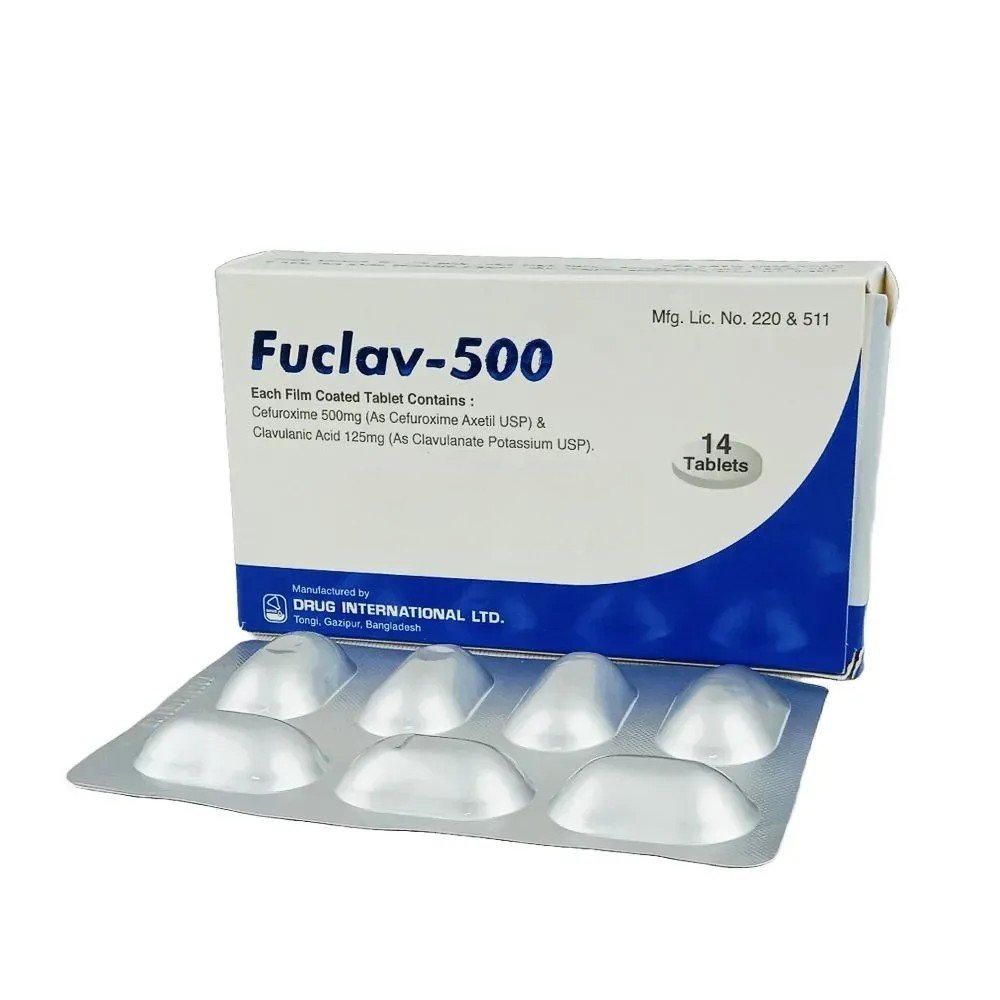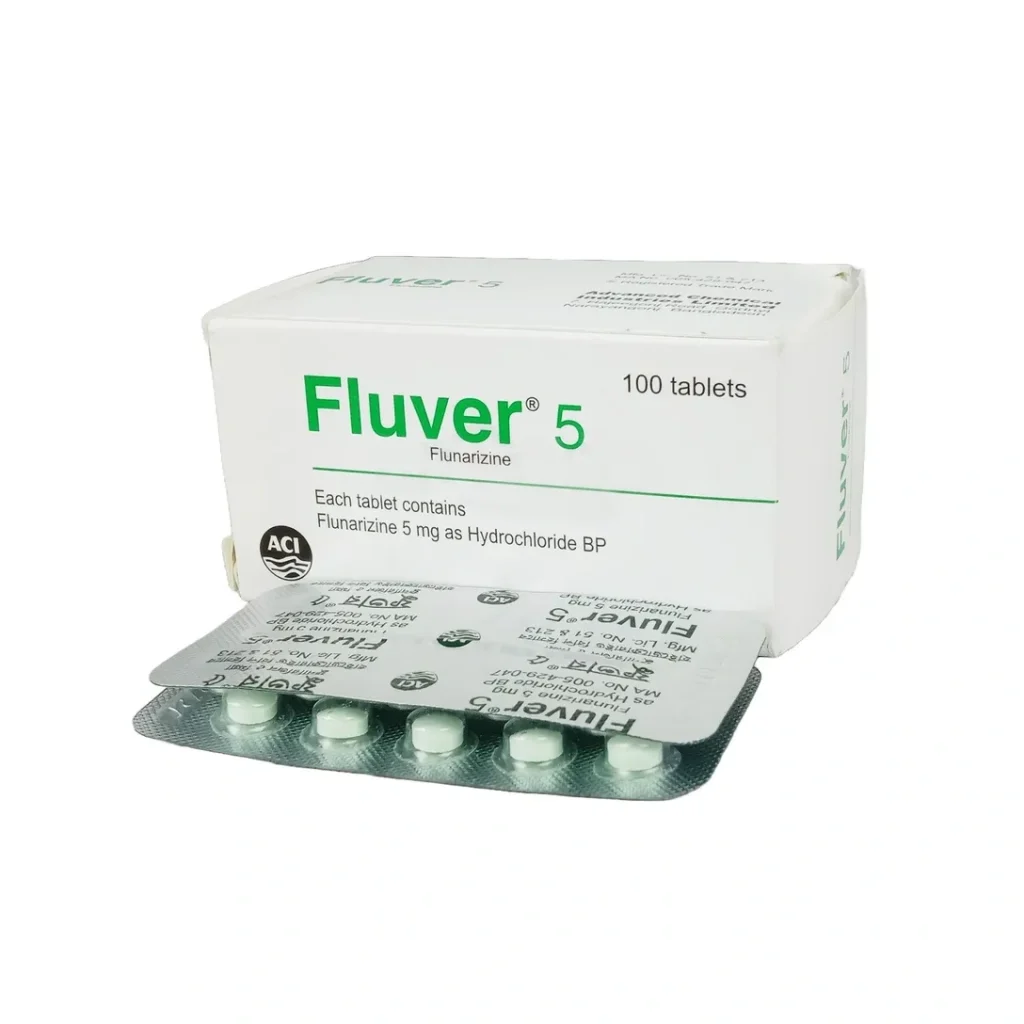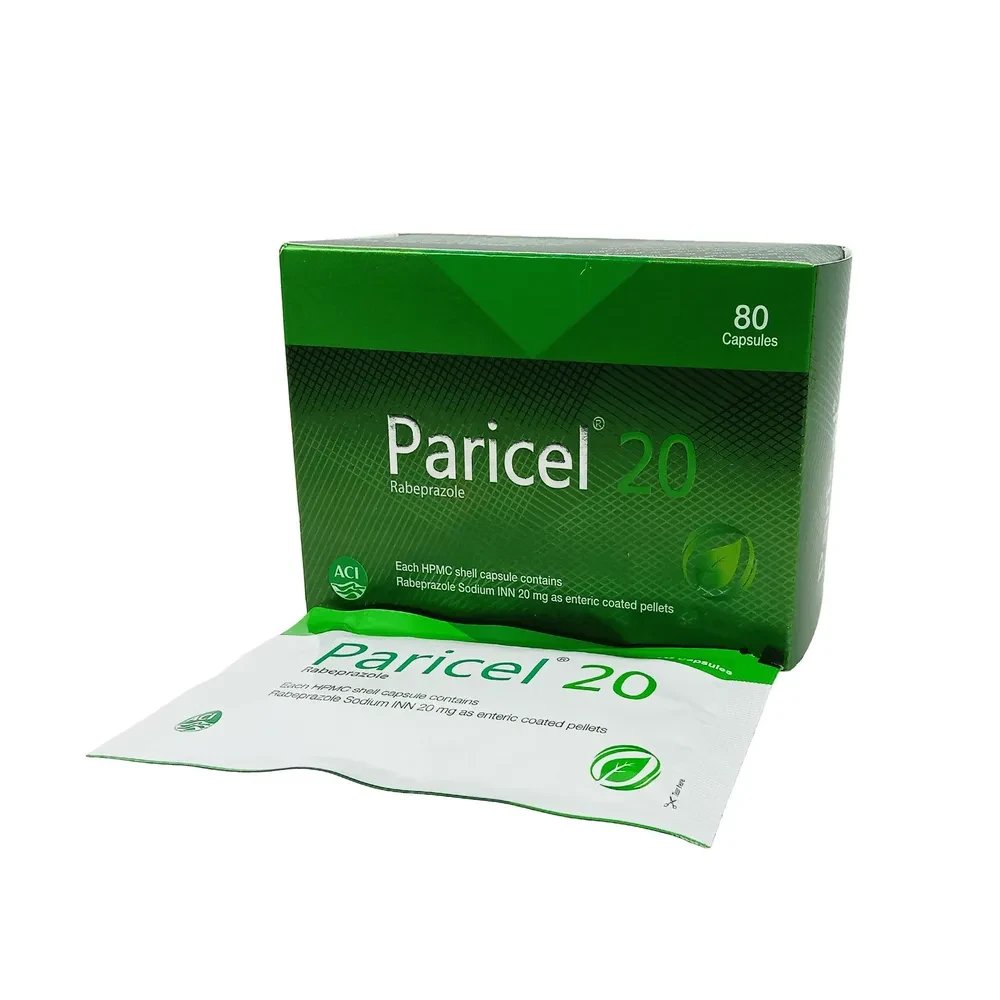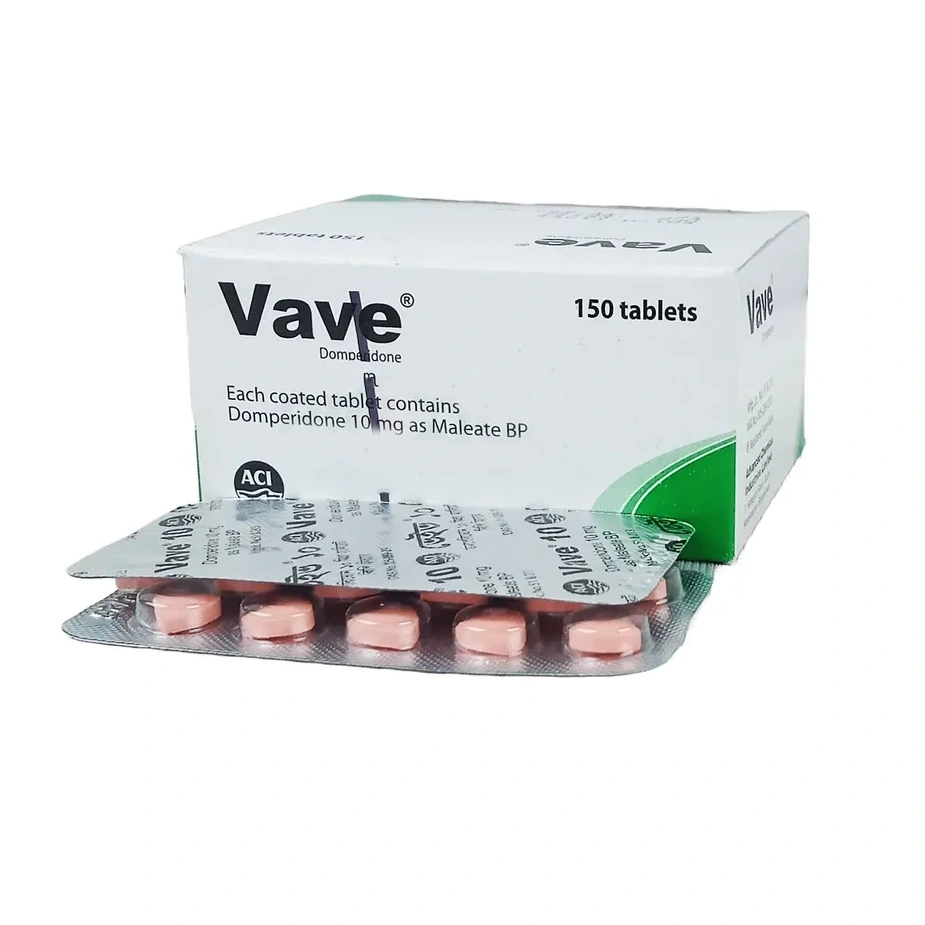Medicine Overview of Axim CV 500mg+125mg Tablet
- Bacterial infections
- Nausea
- Vomiting
- Diarrhea
- Increased liver enzymes
- Allergic reaction
-
You have been prescribed this combination medicine to treat bacterial infections, even if they have developed resistance.
-
Do not skip any doses and finish the full course of treatment even if you feel better. Stopping it early may make the infection to come back and harder to treat.
-
Take it with food to avoid an upset stomach.
-
Diarrhea may occur as a side effect. Taking probiotics may help. Talk to your doctor if you notice bloody stools or develop abdominal cramps.
-
Stop taking Axim CV 500 and inform your doctor immediately if you develop an itchy rash, swelling of the face, throat or tongue or breathing difficulties while taking it.
-
Do not use leftover medicine for treating any infection in the future. Always consult your doctor before taking any antibiotic.
Oral susp: Should be taken with food.
Pharyngitis or Tonsillitis: 250 mg twice daily 5-10 days
Acute bacterial maxillary sinusitis: 250 mg twice daily 10 days
Acute bacterial exacerbation of chronic bronchitis: 250-500 mg twice daily 10 days
Secondary bacterial infections of acute bronchitis: 250-500 mg twice daily 5-10 days
Community acquired pneumonia: 250-500 mg twice daily 5-10 days
Uncomplicated skin & skin-structure infections: 250-500 mg twice daily 10 days
MDR Typhoid fever: 500 mg twice daily 10-14 days
Uncomplicated urinary tract infection: 250 mg twice daily 7-10 days
Uncomplicated gonorrhea: 1000 mg single dose
Lyme disease: 500 mg twice daily 20 days
Pharyngitis or Tonsillitis: 20 mg/kg/day in two divided doses 5-10 days
Acute otitis media: 30 mg/kg/day in two divided doses 10 days
Acute bacterial maxillary sinusitis: 30 mg/kg/day in two divided doses 10 days
Community acquired pneumonia: 30 mg/kg/day in two divided doses 5-10 days
MDR Typhoid fever: 30 mg/kg/day in two divided doses 10-14 days
Uncomplicated skin & skin-structure infections: 30 mg/kg/day in two divided doses 10 days
Uncomplicated urinary tract infection: 20 mg/kg/day in two divided doses 7-10 days
Addition of clavulanate inhibits beta-lactamase-producing bacteria; Clavulanic acid has a high affinity for and binds to certain ?-lactamases that generally inactivate Cefuroxime by hydrolyzing its ?-lactam ring. Combining clavulanate potassium with Cefuroxime extends the antibacterial spectrum of Cefuroxime to include many bacteria normally resistant to Cefuroxime and other penicillins and cephalosporins.
Lactation: Drug excreted in breast milk; use with caution
Diarrhea (4-11%; depends on duration)
1-10%
Decreased hemoglobin or hematocrit (10%),Eosinophilia (7%),Nausea or vomiting (3-7%),Vaginitis (<5%),Transient rise in hepatic transaminases (2-4%),Diaper rash (3%),Increase in alkaline phosphatase (2%),Thrombophlebitis (2%),Increase in lactate dehydrogenase (1%)
<1%
Anemia,Cholestasis,Colitis,Dyspnea,Epidermal necrolysis,Increase in blood urea nitrogen (BUN) and creatinine,Jaundice,Nephritis,Prolonged prothrombin time (PT)/international normalized ratio (INR),Rash,Stevens-Johnson syndrome,Stomach cramps,Transient neutropenia and leukopenia,Urticaria
Potentially Fatal: Anaphylaxis, nephrotoxicity, pseudomembranous colitis.

































